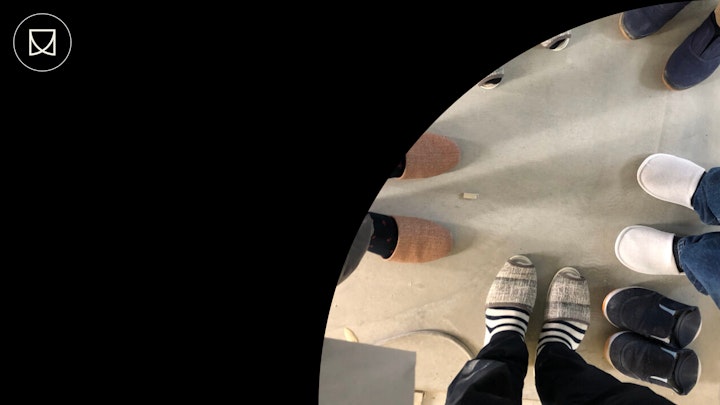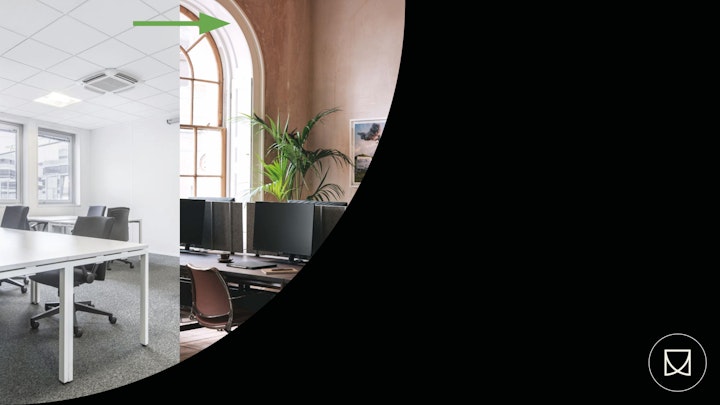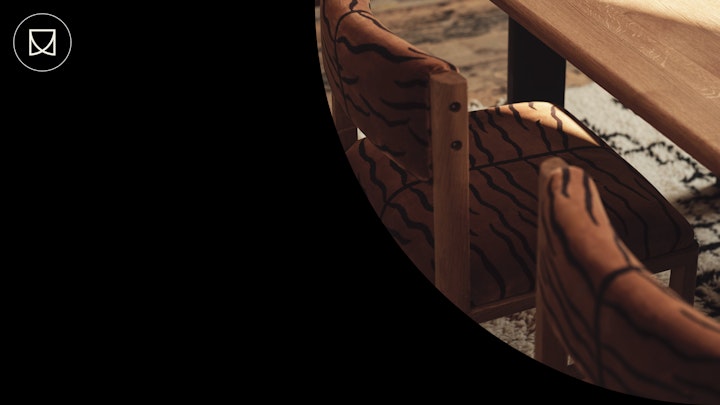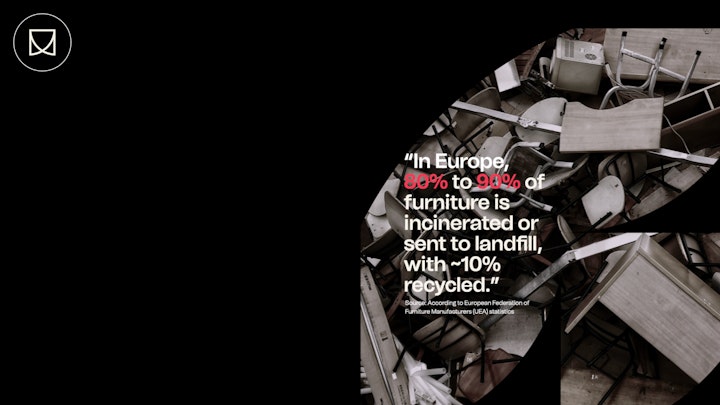1𝘀𝘁 𝗶𝗻 𝗠𝘆 𝗙𝗮𝗺𝗶𝗹𝘆 𝘁𝗼 𝗔𝘁𝘁𝗲𝗻𝗱 𝗨𝗻𝗶𝘃𝗲𝗿𝘀𝗶𝘁𝘆 - 2 𝗖𝗿𝘂𝗰𝗶𝗮𝗹 𝗟𝗲𝘀𝘀𝗼𝗻𝘀 𝗜 𝗛𝗮𝗱 𝘁𝗼 𝗟𝗲𝗮𝗿𝗻 🎓💡
In 2003, I was working full-time at Phones4U on Kensington High Street.
Remember them? 📱
I had just finished my A-levels and was at a crossroads:
Should I dive into full-time work or take a leap of faith and apply to university? 🤔
During the quieter moments at the store, I often found myself thinking:
𝘐𝘴 𝘵𝘩𝘪𝘴 𝘪𝘵... 𝘴𝘦𝘭𝘭𝘪𝘯𝘨 𝘱𝘩𝘰𝘯𝘦𝘴?
Six weeks into the job, I knew it wasn’t my future. I needed something more, so I started reviewing university prospectuses, searching for a path that felt right.
Here are the two essential lessons I learned:
1️⃣ 𝗦𝗲𝗹𝗳-𝗶𝗻𝗶𝘁𝗶𝗮𝘁𝗶𝘃𝗲 𝗶𝘀 𝘃𝗶𝘁𝗮𝗹 𝘁𝗼 𝗽𝗿𝗼𝗴𝗿𝗲𝘀𝘀 🚀
As one of seven kids, four girls and three boys, I’m the only one who attended university through the traditional undergraduate route.
My parents didn’t push me, and I didn’t have a mentor in the industry to guide me. But that’s where self-initiative came in.
Why Interior Design?
I was drawn to architecture and 3D product design, especially orthographic drawing. But architecture seemed too long, and product design didn’t fully resonate with me. Interior Design offered the best of both worlds—and it was a three-year degree!
My 19-year-old logic: "People spend most of their time inside anyway."
2️⃣ 𝗕𝗲 𝘄𝗶𝗹𝗹𝗶𝗻𝗴 𝘁𝗼 𝘄𝗮𝗹𝗸 𝗮𝗹𝗼𝗻𝗲 𝗮𝗻𝗱 𝗴𝗼 𝗮𝗹𝗹 𝗶𝗻 🌍💪
I spent my first year living at home, and isolation hit hard.
It took me a while to get comfortable with my classmates and the workload; I regularly questioned whether I made the right choice. Back home, my friends were supportive, but as our interests diverged, so did our paths.
By the end of that first year, I realised the journey might be lonely, but I had to embrace it and keep going.
I moved in with some uni mates for the second year and kept reminding myself: It’s okay; this will be worth it, and it was!
Leaving my comfort zone was tough, but going ‘all in’ was necessary to become the designer I aspired to be.
Looking back, I’m grateful to be the first in my family to attend university and hopeful I won’t be the last.
Thanks for reading.






